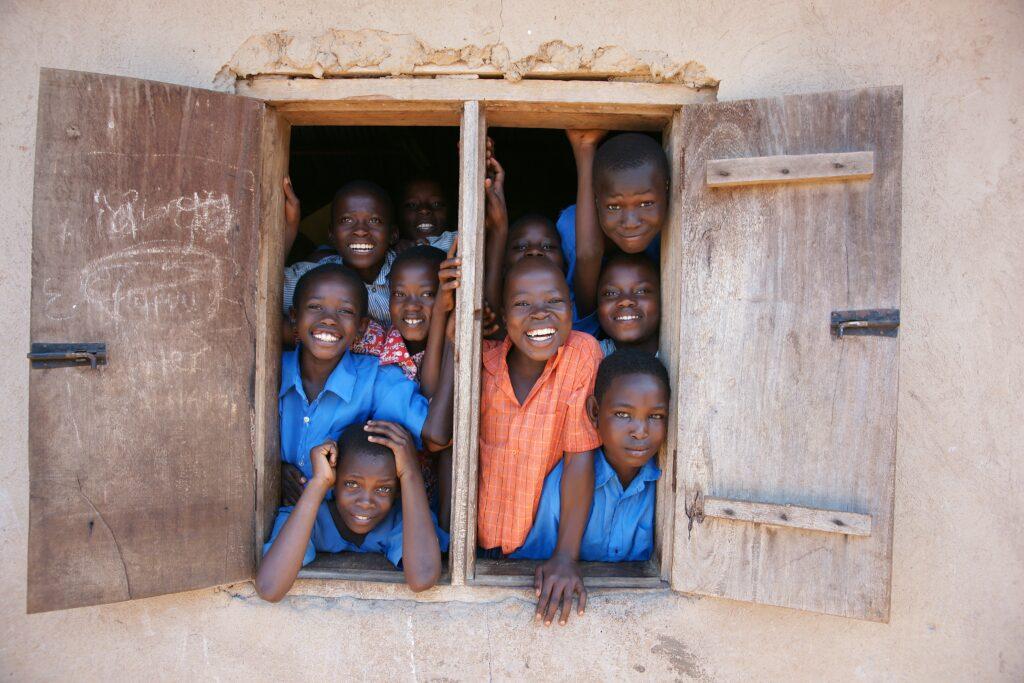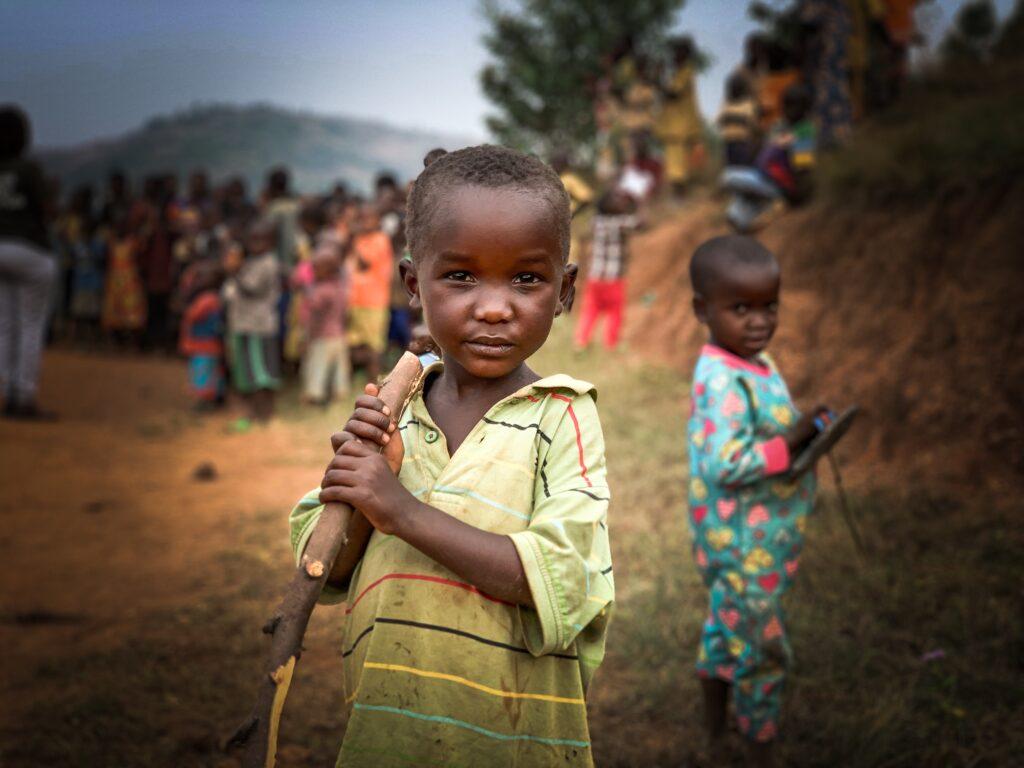While progress has been made, the reality remains that certain pockets of Nairobi still bear witness to the exploitation of its youngest members. This sobering truth underscores the urgent need for comprehensive measures to safeguard children’s rights, enhance access to education, and create opportunities that pave the way for a brighter future.

Child labor, a concern that transcends borders and ideologies, must be addressed head-on to ensure the well-being and potential of Nairobi’s future generation. While Kenya has taken strides in enacting legislation to protect children, certain areas in Nairobi continue to witness children being robbed of their innocence and education, trapped in cycles of work that rob them of their rightful childhood.
Education serves as a beacon of hope, a catalyst for breaking the chains of generational poverty. In the context of child labor, access to education becomes a critical tool for change. By ensuring that every child has the opportunity to receive quality education, Nairobi can transform the trajectory of these young lives, offering them a chance to dream beyond their circumstances. Collaborative efforts between government bodies, educational institutions, and NGOs can pave the way for scholarships, mentorship programs, and vocational training that equip children with the skills to escape the cycle of labor and open doors to brighter futures.
Protection is paramount in the fight against child labor. Government agencies and civil society organizations must work hand in hand to create a protective environment that shields children from exploitation. This involves stringent enforcement of child labor laws, regular inspections of workplaces, and the establishment of support networks for children who have been victims of exploitation. Additionally, public awareness campaigns can educate communities about the dangers of child labor and the value of education in breaking the cycle.
Poverty often fuels the vicious cycle of child labor. As such, economic empowerment initiatives targeting families can be transformative. Skill development programs and microfinance opportunities for parents can uplift families from the depths of poverty, reducing the economic pressure that pushes children into work prematurely. Creating a sustainable support system that uplifts entire households can yield long-lasting results in the battle against child labor.
Empowerment extends beyond economic dimensions; it encompasses fostering an environment where children have a voice and are heard. In Nairobi, platforms for children’s participation, such as youth councils and community forums, can provide spaces for them to share their aspirations, concerns, and perspectives. By involving children in decision-making processes that affect their lives, Nairobi can create a sense of ownership and agency, ensuring that their voices resonate in policies that shape their futures.

In conclusion, the fight against child labor in Nairobi requires a multi-pronged approach that addresses its root causes while upholding the rights and well-being of its children. It’s a journey that demands collaboration, persistence, and a commitment to change. Through education, protection, economic empowerment, and inclusion, Nairobi can rewrite the narrative for its children, transforming their lives from ones marred by exploitation to ones illuminated by hope and opportunity. The city’s promise of progress is intertwined with the future of its children; by liberating them from the shackles of labor, Nairobi can ensure that its promise shines brightly for generations to come.




